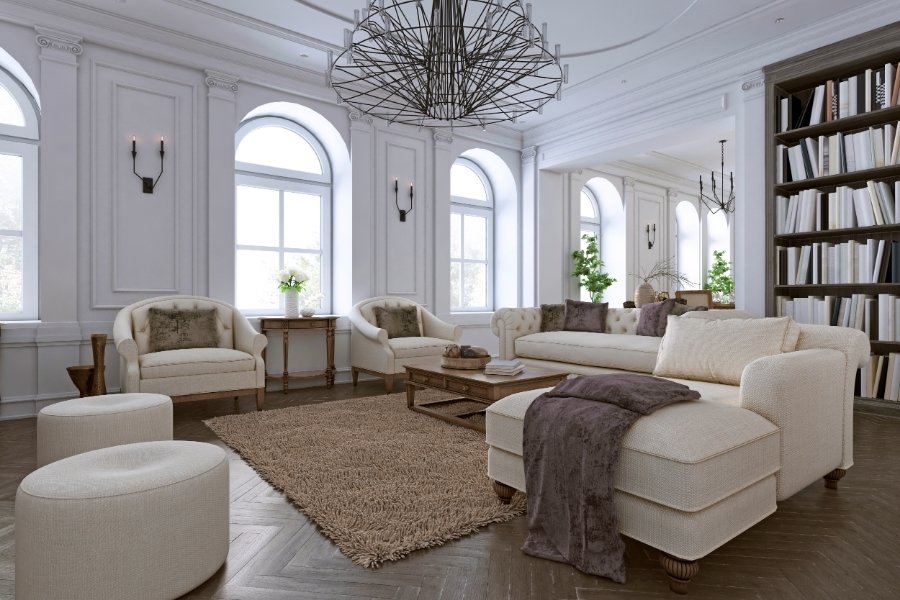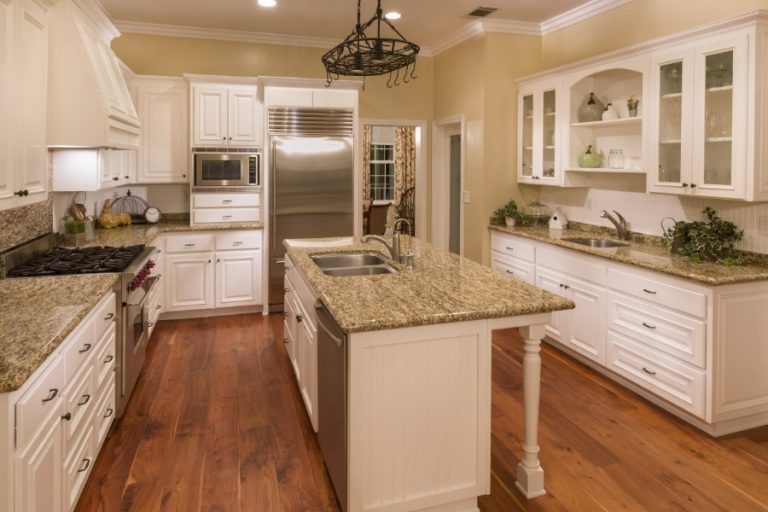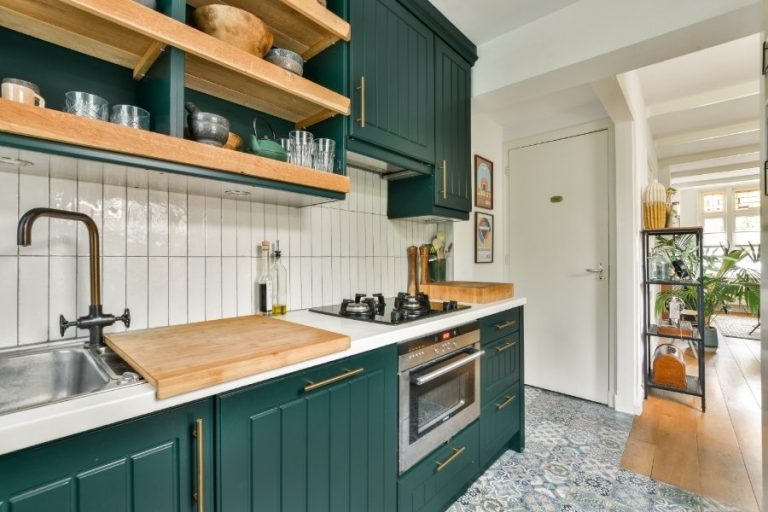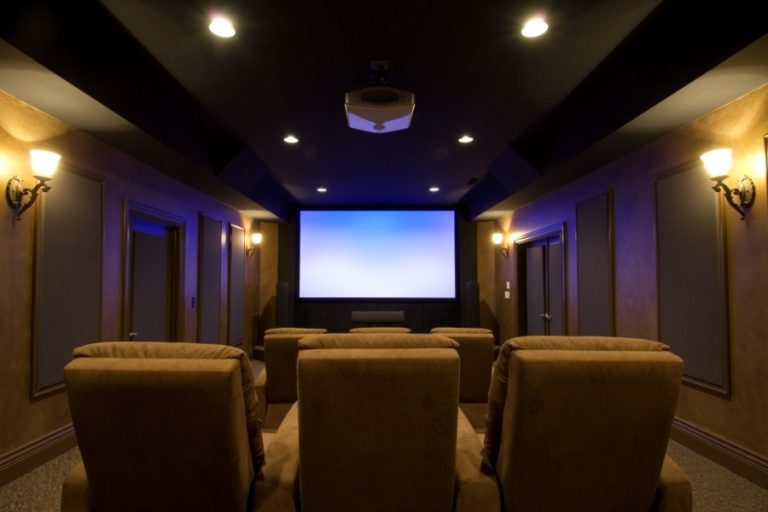The 20 Interior Design Styles Every Homeowner Should Know
Trends come and go; vocabulary should endure. Knowing the major interior styles helps you choose finishes, furniture, and lighting with confidence—and mix them without creating visual noise. Here’s a clear, no-nonsense field guide to twenty essential styles, what they look like, and why they work.
Modern
Born in the early 20th century, modern favors clean geometry, right angles, and honest materials. Neutral palettes (white, black, gray) dominate, with color used sparingly. Think flat-front cabinetry, steel, glass, and disciplined lines.
Contemporary
Always of the moment. Contemporary borrows freely—from modern, minimal, even organic forms—then softens edges. Expect curves, negative space, and technology that disappears into the background.
Minimalist
Less, done better. Quiet palettes, concealed storage, and rigorous editing. Light, proportion, and material quality do the heavy lifting; clutter is the enemy.
Scandinavian
Warm minimalism. Pale woods, matte finishes, functional forms, and plenty of daylight. Textiles (wool, linen, sheepskin) bring softness to simple silhouettes.
Industrial
Loft DNA. Exposed brick, concrete, ductwork, and metal frames. A neutral, slightly weathered palette; lighting and hardware often in blackened steel.
Traditional
Layered and timeless. Symmetry, carved woods, tailored upholstery, classic patterns (damask, toile, stripes), and rich color. A refined sense of proportion ties it all together.
Coastal
Airy and relaxed. Sun-washed woods, slipcovered seating, woven textures, and a sea-glass palette of whites, sands, and soft blues. Light is your best accessory.
Transitional
A bridge between traditional and modern. Clean-lined furniture meets classic architecture and textiles. Neutral base, elevated by texture and a few sculptural pieces.
Shabby Chic
Soft and timeworn. Distressed finishes, pastel tones, floral prints, and vintage furniture with a romantic, lived-in ease.
Rustic
Nature-forward. Rough-hewn beams, stone, reclaimed wood, hammered metals, and earthy neutrals. Texture leads; finishes can be intentionally imperfect.
French Country
Sun-warmed elegance. Washed woods, natural stone, linen and cotton, curved silhouettes, and a palette of creams, cornflower blues, olives, and ochres.
Bohemian (Boho)
Collected and free-spirited. Global textiles, layered rugs, rattan, greenery, and an easy mix of vintage finds. Pattern mixing is expected; restraint keeps it chic.
Modern Farmhouse
Clean lines meet country comfort. Shiplap or vertical boards, black windows, warm woods, vintage accents, and a crisp neutral palette.
Glam
High gloss and drama. Velvet, lacquer, mirrors, marble, metallic accents, and jewel tones. Use sparingly unless you want full Hollywood.
Eclectic
Intentional mix. Pieces from different eras and styles unified by a consistent color story or repeated materials. Balance is everything.
Art Deco
Geometric glamour from the 1920s–30s. Bold forms, stepped profiles, sunbursts, chrome and brass, rich woods, and saturated color.
Urban
City-smart comfort. A softer riff on industrial and contemporary: streamlined furniture, light neutrals, sleek storage, and a statement art moment or two.
Tropical
Lush and sunny. Rattan and bamboo, botanical prints, leafy plants, and a palette of greens and ocean blues. Breezy cottons and linens keep it light.
Mid-Century Modern
Organic modernism from the 1940s–60s. Tapered legs, low profiles, walnut and teak, graphic shapes, and a function-first ethos.
Mediterranean
Old World warmth. Terracotta, plaster, ironwork, villa-style arches, mosaic accents, and a saturated palette—turquoise, olive, mustard, rust, and plum.
How to Choose (and Mix) Styles Without Chaos
Start with function. Decide how you live in each room, then choose one primary style to set the tone. Layer a secondary style in accents only—lighting, occasional tables, textiles. Keep a tight palette across spaces to maintain flow, and repeat materials (one metal, one wood tone, one stone) to unify the whole.







